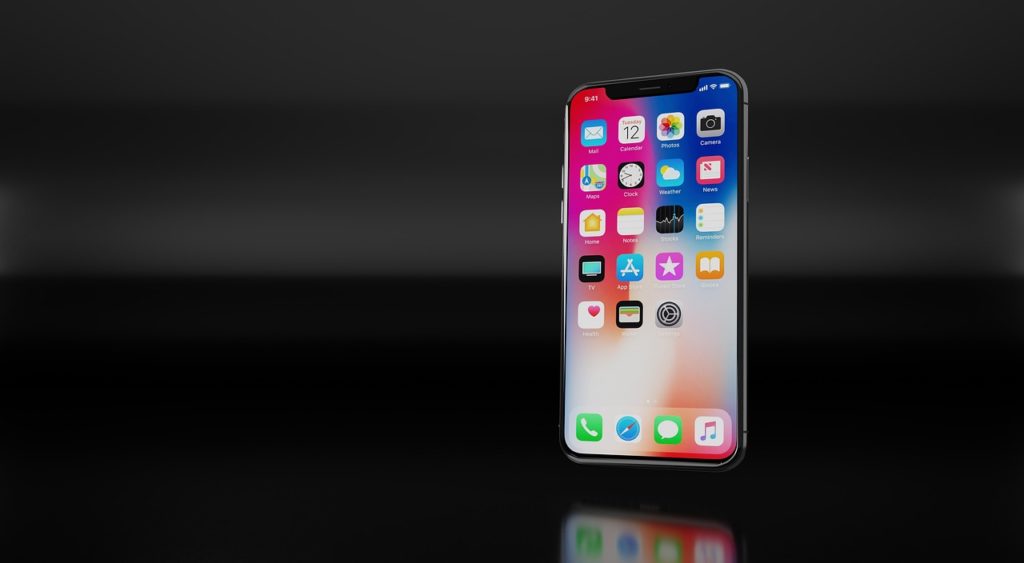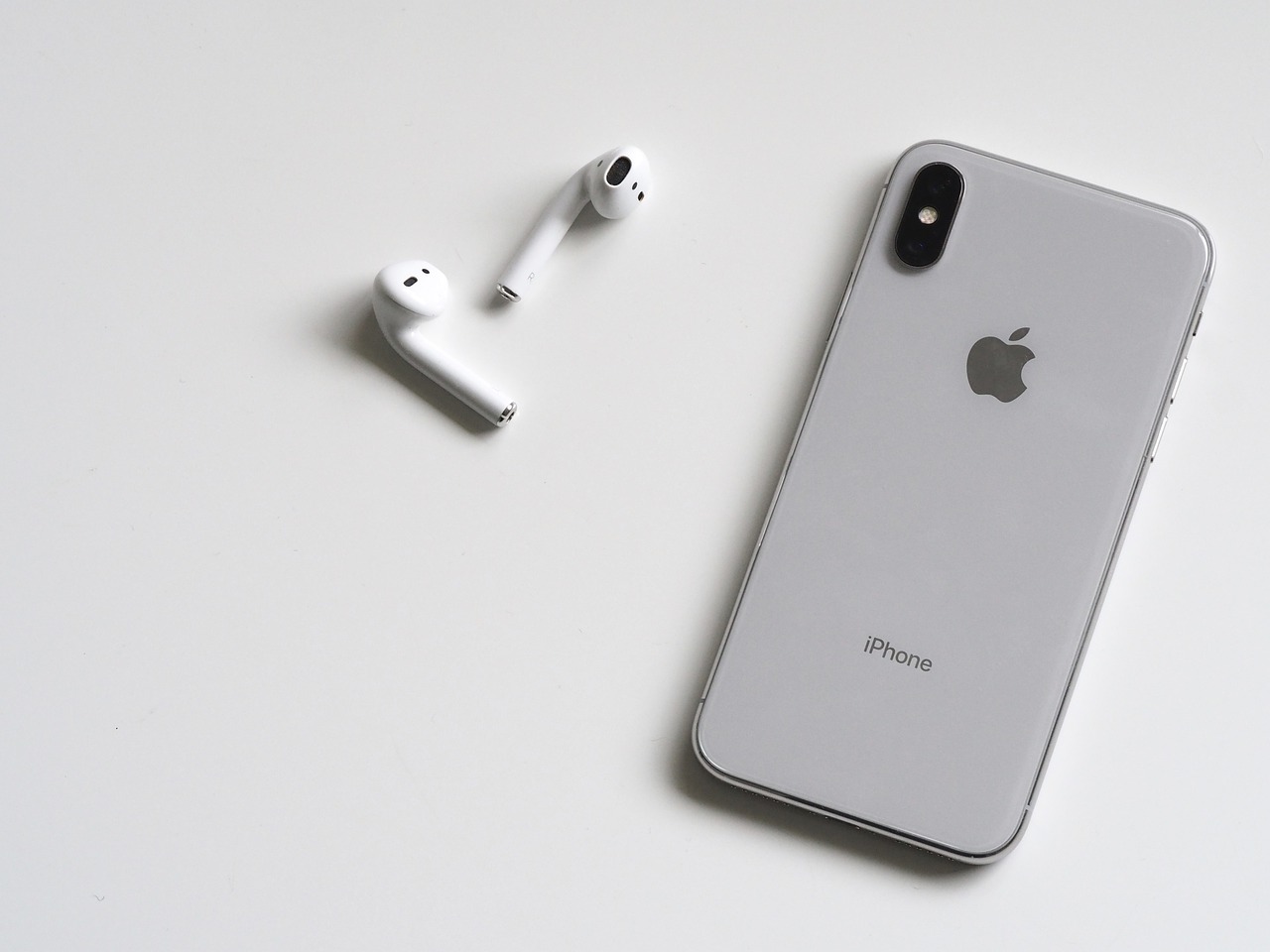On June 25, 2018, Apple released iOS 12, the newest version of its operating system, as a public beta. Public betas allow users to test and give feedback about software that is almost, but not quite, ready for general release. For some years now, tech companies have relied on public betas to see how their software works in a real-world setting, and to have the chance to fix as many bugs and errors as possible before the software is officially released.
From a user perspective, public betas are a great chance for early adopters and tech enthusiasts to get a sneak peek at software before everyone else does, but it’s important to remember that using public beta software isn’t quite the same as using an officially released product. To help you decide whether you’d like to participate in the public beta testing of iOS 12, read on for some key points to consider and some helpful additional information about the Apple Beta Software Program.
Should you sign up for a public beta?
Before you become a participant in the Apple Beta Software Program and download the public beta of iOS 12, ask yourself these questions:
Do I have a secondary device to test with?
Experts always recommend that you test public beta software with a non-mission-critical device. While most public betas, especially the highly stable versions we’ve seen in the last few years, are very unlikely to completely wreck your device, you need to keep in mind that when it comes to software that’s still in development, there’s always the risk that something might go wrong. So, if you don’t have a backup device to use for public beta testing, it might be best to wait for the official release.

Am I counting on certain features?
Users don’t always realize that not every feature will be updated and available for full use in public beta software. Sometimes, new features are still being built during the public beta period, or else they don’t have access to the server support they need to function at full capacity. Therefore, if you’re considering signing up for a public beta just to access particular updated features, you should be prepared to discover that they’re not ready yet.
Am I ready to report bugs?
The user feedback that companies like Apple get from public beta testing periods plays a huge role in helping shape and prepare software for general release. However, the company can only obtain this feedback if users make the effort to provide it (this is easy to do through Apple’s dedicated feedback apps that accompany public beta releases). So, if you’re not really interested in helping out future users by reporting problems that you encounter, you might as well wait until the software is fully finished and officially released.
What you need to know about the Apple Beta Software Program.
If you’ve answered the questions above and you’re ready to become an iOS 12 public beta tester, here’s what you need to know:
How to get the public beta—You can enroll your iOS device in the Apple Beta Software Program directly from your iOS Software Update menu. Participation in the program is open to anyone with a valid Apple ID upon acceptance of the program agreement. Once you have joined the program, you will automatically receive new updates of the public beta as they become available.
How to provide feedback to Apple—A key element of the iOS public beta is the built-in Feedback Assistant app, which can you can access from your iOS device’s Home screen or from the help menu of any other app. Use the Feedback Assistant app to send a report directly to Apple anytime you experience an issue with your software or find that something is not working as you expected it to.
How to restore your device—Before you install a public beta, make sure you back up your iOS device. Then, if you’d like to stop using the public beta and return to a previously released version of iOS, you can simply restore your device from this backup.
Fees and compensation—Both the Apple Beta Software Program and the public beta software itself are free of charge; at the same time, participation in the program is voluntary, and you will not receive compensation for your time or your feedback.
A note about confidentiality—Public beta software is Apple confidential information. To help protect this confidentiality, users are asked not to install public beta software on public or shared systems or on any system that they do not directly control. In addition, users are asked to refrain from demonstrating or discussing (this includes blogging, tweeting, and posting screen shots or other information publicly) the public beta software with anyone who is not part of the Apple Beta Software Program.

